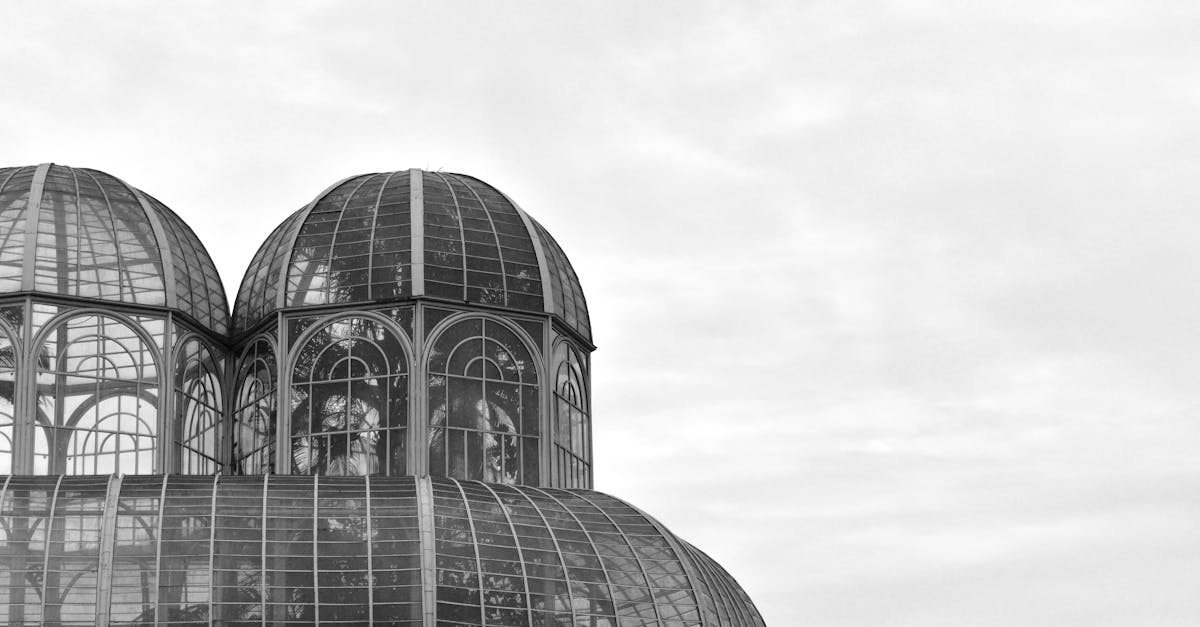
Weathering Performance of Standing Seam Metal Roofing
Comparing Metal Roofing to Other Materials
Metal roofing has emerged as a popular choice among builders and homeowners, particularly for its durability and longevity. Unlike traditional materials such as asphalt shingles or timber, metal roofing systems boast resistance to extreme weather conditions, including high winds, heavy rain, and pervasive UV radiation. This resilience minimises the risk of damage over time, contributing to a longer lifespan compared to other roofing options. Moreover, metal roofs are typically lightweight, making installation easier and enhancing structural performance.
In terms of energy efficiency, standing seam metal roofing outperforms many alternative materials. Advanced coatings can reflect solar energy, reducing heat absorption and helping to maintain a cooler indoor environment. This feature is particularly beneficial in Australia, with its varying climate and frequent heatwaves. While initial installation costs can be higher than materials like tiles or shingles, the long-term savings on repairs and energy bills often justify the investment. As building regulations become more focused on sustainability, the advantages of metal roofing continue to gain recognition in the marketplace.
Performance Metrics in WeatheringInnovative Corrugated Metal Roofing Material Options
Evaluating the weathering performance of standing seam metal roofing involves several critical metrics. These factors include resistance to wind uplift, thermal expansion and contraction, as well as the durability of coatings against UV degradation. Wind uplift resistance is particularly significant when considering the exposure of roofs to extreme weather events, while thermal properties play a crucial role in maintaining structural integrity amid temperature fluctuations.
s proven effective, as the roofing has faced intense UV exposure and saltwater corrosion without significant deterioration. Regular inspections have revealed minimal wear and tear, reflecting the material's resistance to fading and rusting. This successful application highlights the vitality of selecting durable roofing solutions in environments prone to severe weather.
Another notable example comes from a residential project in Tasmania, where homeowners opted for standing seam metal roofing to combat the state's unpredictable climate. After several years of installation, the roofing has performed admirably against heavy rain, hail, and strong winds. The longevity of this roofing material is evident, as it retains both its aesthetic appeal and structural integrity. The case illustrates how proper material choices can lead to lasting benefits, even in a region known for its challenging weather patterns.Metal Roof Installers
Examples of Weathering Performance
A noteworthy instance of metal roofing performance was observed in a commercial building located in Melbourne, where a standing seam metal roof was installed over a decade ago. This project faced challenges such as heavy rainfall and high winds typical of the region. Despite these conditions, the roofing system demonstrated remarkable resilience, with minimal signs of wear and no reported leaks, showcasing its ability to withstand adverse weather conditions effectively.
In contrast, a residential case in Brisbane illustrates the performance strengths of standing seam roofs against the harsh UV exposure commonly experienced in the area. The homeowners opted for this metal roofing system primarily for its aesthetic appeal and durability. Over the years, the roof maintained its colour and structural integrity despite prolonged sun exposure, further highlighting the effectiveness of metal roofing in sustaining its performance while requiring less frequent maintenance compared to traditional roofing materials.
Maintenance Practices for Longevity
To ensure the longevity of standing seam metal roofing, regular inspections play a crucial role. These inspections should focus on identifying any signs of wear and tear, such as loose seams, rust formation, or accumulated debris. Roofs can also be assessed for proper drainage to prevent water pooling, which can lead to deterioration over time. Scheduling inspections at least twice a year, ideally after major weather events, aids in catching potential issues early and allows for timely maintenance.
Maintenance practices should also include immediate repairs when necessary. Addressing minor issues promptly can prevent them from escalating into significant problems. Cleaning the roof periodically helps maintain its appearance and functionality. Utilising a soft-bristle broom or a pressure washer on a low setting can effectively remove dirt and algae while avoiding damage to the roofing material. Seeking professional help for more complex maintenance tasks ensures that the roofing remains in top condition for years.
Regular Inspections and Repairs
Conducting regular inspections is vital for preserving the integrity of standing seam metal roofing. Visual checks should be carried out to identify signs of corrosion, rust, or damage to the seams. Any issues discovered during inspections can often be addressed promptly, preventing more significant problems and costly repairs later. A thorough examination should also include the condition of flashing, gutter systems and how well they are diverting water away from the roof.
tain its performance against weather elements.